Latest Posts by eggxecutive-dysfunction - Page 6

The Luzon Bleeding-Heart Dove would be a perfect friend to cheer up a children’s hospital



):

yeecaw🤠

Gray Catbird (Dumetella carolinensis)
© Kyle Jones
*misses fruits that are out of season*

Willie-wagtail (Rhipidura leucophrys)
© Allan Howell

Canário-da-terra/Saffron Finch
Sicalis flaveola










Australian Night Parrot
The night parrot (Pezoporus occidentalis) is a small parrot endemic to the continent of Australia. It is well known as being one of the most elusive and mysterious birds in the world, with no known sightings of the bird between 1912 and 1979, leading to speculation that it was extinct. The first photographic and video evidence of a live individual was publicly confirmed in July 2013. Another live individual was photographed in March 2017.
Keep reading

Eurasian Treecreeper (Certhia familiaris)
© Jon Lowes

Horned Sungem (Heliactin bilophus)
© Carlos Goulart
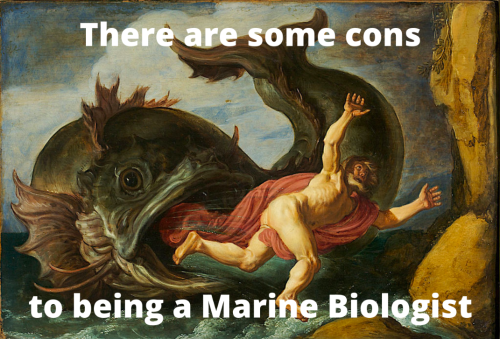

European Robin (Erithacus rubecula)
© James Yates Photo

A Jupiter Vista from Juno : Why do colorful cloud bands encircle Jupiter? Jupiter’s top atmospheric layer is divided into light zones and dark belts that go all the way around the giant planet. It is high horizontal winds – in excess of 300 kilometers per hour – that cause the zones to spread out planet-wide. What causes these strong winds remains a topic of research. Replenished by upwelling gas, zonal bands are thought to include relatively opaque clouds of ammonia and water that block light from lower and darker atmospheric levels. One light-colored zone is shown in great detail in the featured vista taken by the robotic Juno spacecraft in 2017. Jupiter’s atmosphere is mostly clear and colorless hydrogen and helium, gases that are not thought to contribute to the gold and brown colors. What compounds create these colors is another active topic of research – but is hypothesized to involve small amounts of sunlight-altered sulfur and carbon. Many discoveries have been made from Juno’s data, including that water composes an unexpectedly high 0.25 percent of upper-level cloud molecules near Jupiter’s equator, a finding important not only for understanding Jovian currents but for the history of water in the entire Solar System. via NASA


American Crow - ML201955231, Daniel Jimenez

Rainbow-bearded Thornbill (Chalcostigma herrani)
© Jei Pov

A Siberian jay/lavskrika photographed in Jämtland, Sweden in early September.

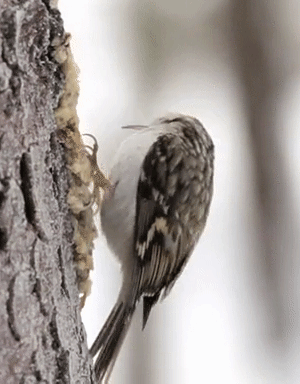

Eurasian Treecreeper - ML201049451, Per Naesje


I don’t think my neighbours have noticed the change because all black chickens must look identical to them, but there…..uh, certainly has been a shift in morphology from Yennefer to Wormbecca

Sabiá-laranjeira/Rufous-bellied Thrush
Turdus rufiventris
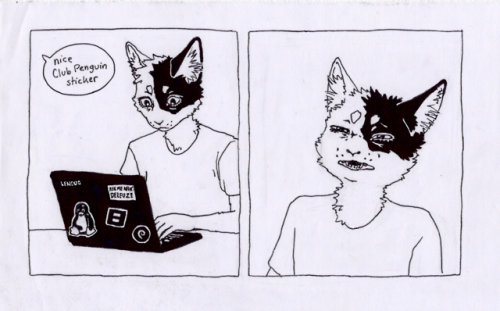

Light and Glory over Crete : The month was July, the place was the Greek island of Crete, and the sky was spectacular. Of course there were the usual stars like Polaris, Vega, and Antares – and that common asterism everyone knows: the Big Dipper. But this sky was just getting started. The band of the Milky Way Galaxy stunned as it arched across the night like a bridge made of stars and dust but dotted with red nebula like candy. The planets Saturn and Jupiter were so bright you wanted to stop people on the beach and point them out. The air glowed like a rainbow – but what really grabbed the glory was a comet. Just above the northern horizon, Comet NEOWISE spread its tails like nothing you had ever seen before or might ever see again. Staring in amazement, there was only one thing to do: take a picture. via NASA

In Green Company: Aurora over Norway : Raise your arms if you see an aurora. With those instructions, two nights went by with, well, clouds – mostly. On the third night of returning to same peaks, though, the sky not only cleared up but lit up with a spectacular auroral display. Arms went high in the air, patience and experience paid off, and the creative featured image was captured as a composite from three separate exposures. The setting is a summit of the Austnesfjorden fjord close to the town of Svolvear on the Lofoten islands in northern Norway. The time was early 2014. Although our Sun has just passed the solar minimum of its 11-year cycle, surface activity should pick up over the next few years with the promise of triggering more spectacular auroras on Earth. via NASA

Blackish Cinclodes (Cinclodes antarcticus)
© Paulo Krieser
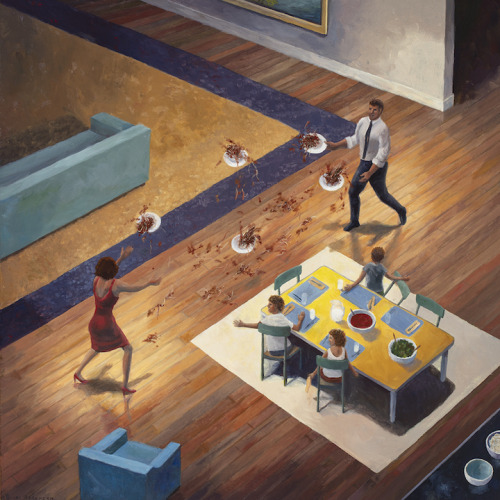
Bruce Ackerson - Spaghetti Night, 2020
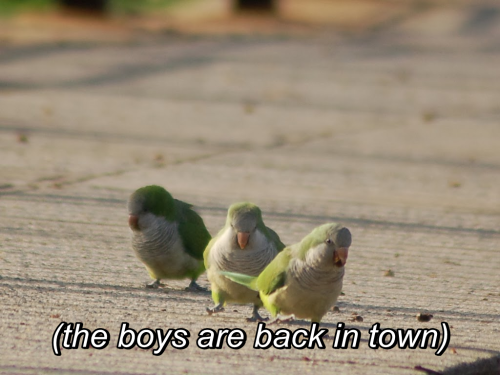


whats cookin' good chookin
Full Video: Riekko mukana hiihtoreissulla, Tolkuton Willow ptarmigan included in ski trip

Colors of the Moon : What color is the Moon? It depends on the night. Outside of the Earth’s atmosphere, the dark Moon, which shines by reflected sunlight, appears a magnificently brown-tinged gray. Viewed from inside the Earth’s atmosphere, though, the moon can appear quite different. The featured image highlights a collection of apparent colors of the full moon documented by one astrophotographer over 10 years from different locations across Italy. A red or yellow colored moon usually indicates a moon seen near the horizon. There, some of the blue light has been scattered away by a long path through the Earth’s atmosphere, sometimes laden with fine dust. A blue-colored moon is more rare and can indicate a moon seen through an atmosphere carrying larger dust particles. What created the purple moon is unclear – it may be a combination of several effects. The last image captures the total lunar eclipse of 2018 July – where the moon, in Earth’s shadow, appeared a faint red – due to light refracted through air around the Earth. The next full moon will occur at the end of this month (moon-th) and is known in some cultures as the Beaver Moon. via NASA
